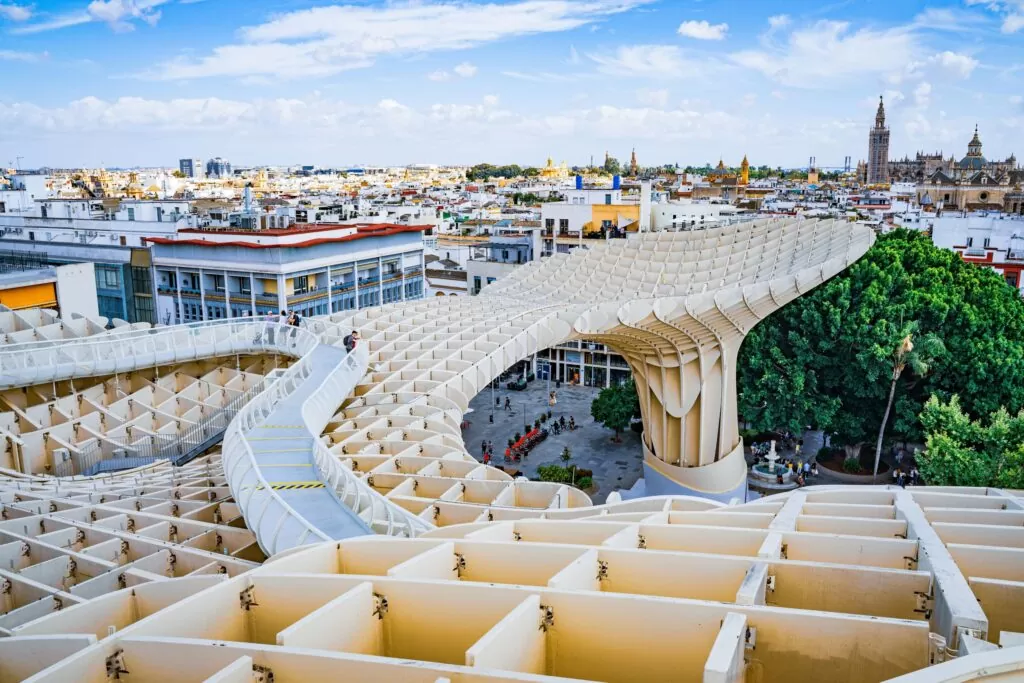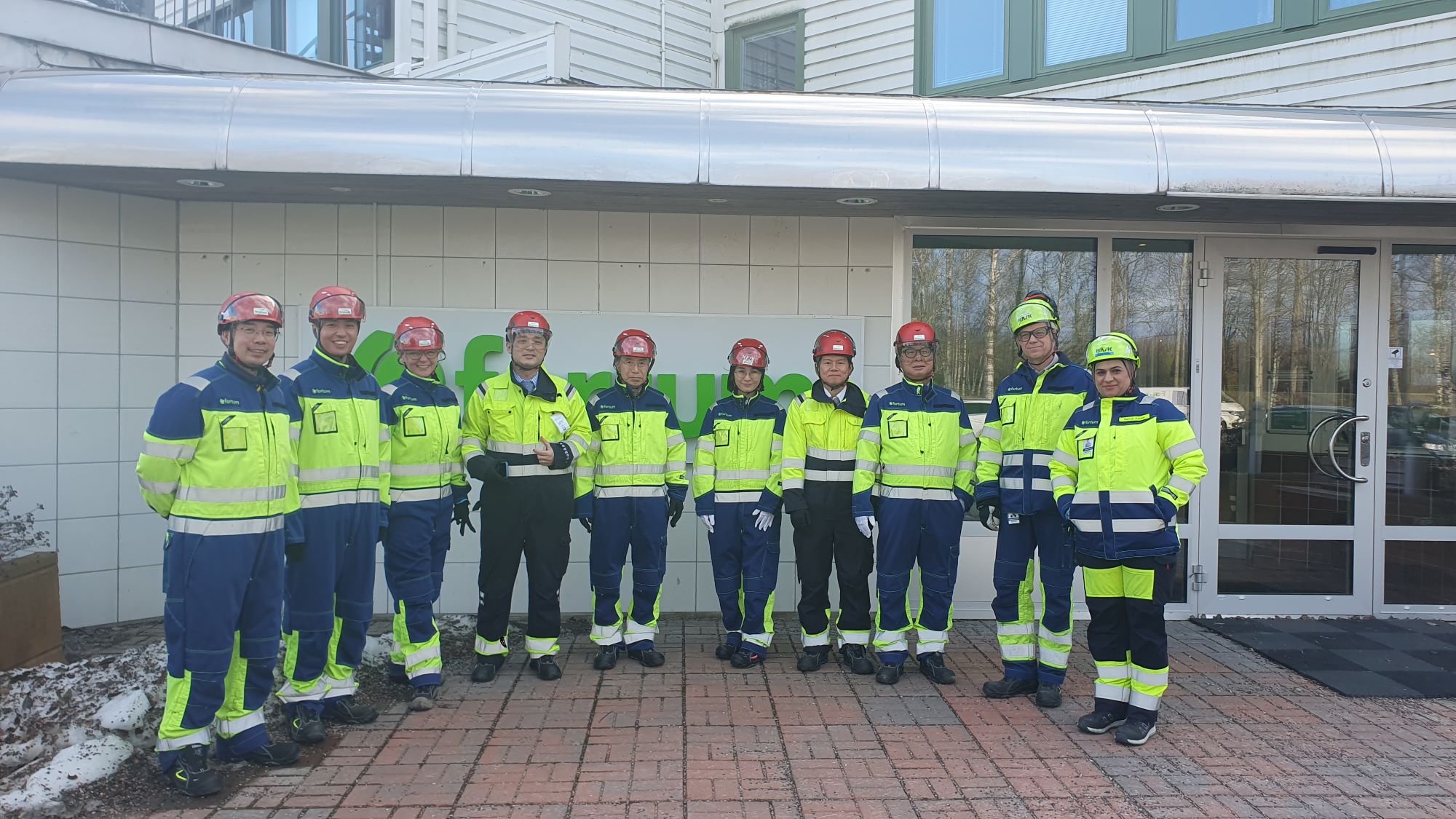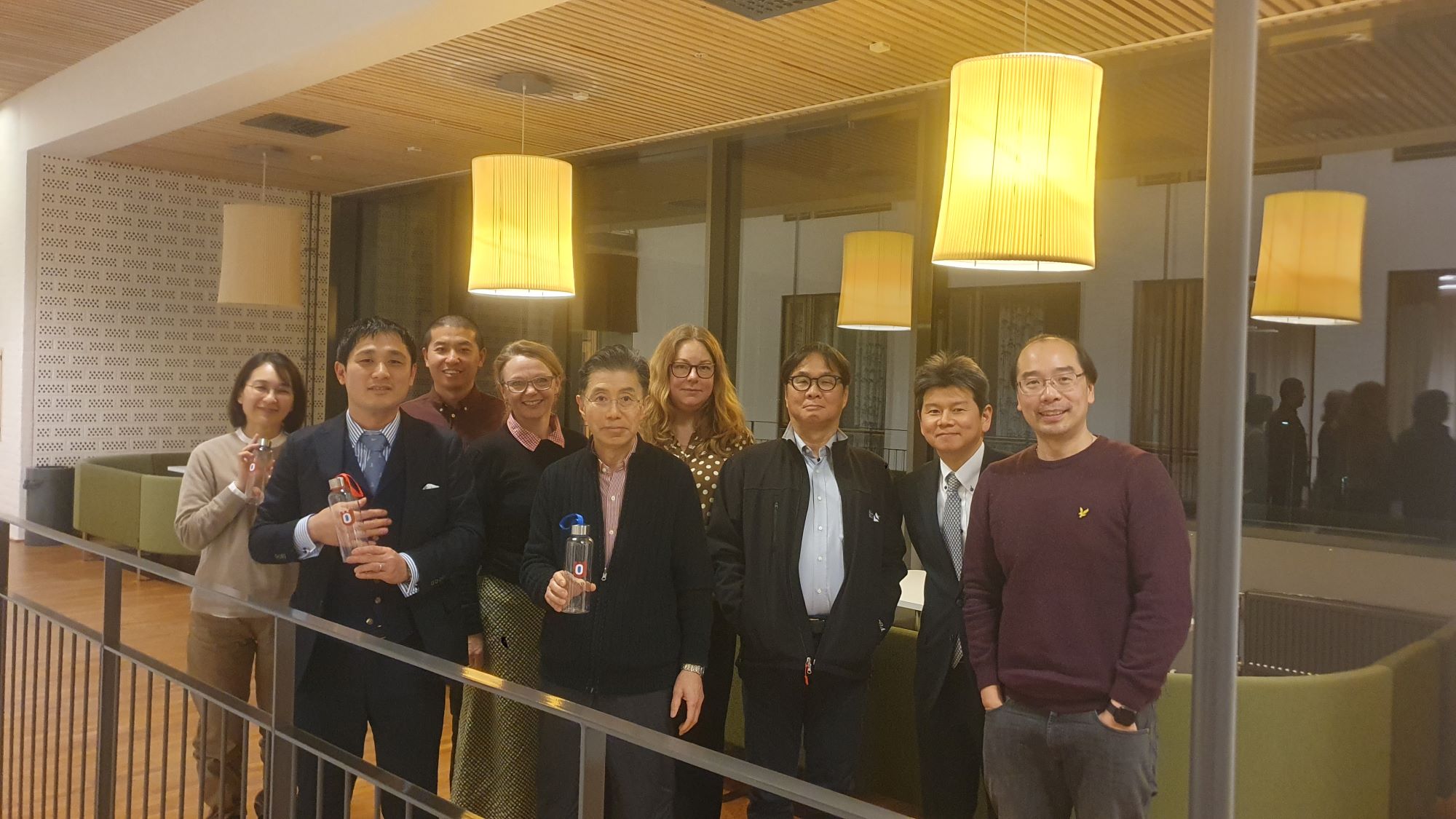Partners of the ARAGORN project convened in Nancy for their latest periodic meeting, fostering collaboration and knowledge exchange crucial to the project’s success. The meeting was succesfully organized and hosted by Microhumus. Representatives from all companies and universities involved in ARAGORN provided updates on their work, highlighting significant advancements and discussing the challenges encountered in their work.
The meeting featured dynamic discussions and round tables on a range of relevant topics, including innovative remediation techniques, project management strategies, and future research directions. These sessions allowed partners to share their experiences, insights, and best practices, ensuring a cohesive and informed approach to the project’s objectives.
Part of the meeting was dedicated to discuss the development and implementation of the RA, SEA, and remediation add-on, focusing on how to best support site owners in decision-making. The session began with an exploration of optimizing these tools, followed by an update on prioritized contaminants and how sites are determined, including site-specific information on risk assessments before and after remediation.
The meeting also delved into the experimental setup of remediation tests, aiming to fill knowledge gaps and advance our technology on the Technology Readiness Level scale. Emphasis was placed on the quantitative resilience modeling framework, detailing the steps performed by the difefrent parners involved. Additionally, partners were invited to explore how to define ecological indicators and incorporate experimental data and expert knowledge into the framework.
To foster collaboration, the session featured a mixed videoconference and face-to-face panel with representatives from various sites, facilitating direct interaction with site owners. This approach ensured their insights were integrated into our project planning.
A key highlight of the meeting was the on-field session, which included a site visit to the contaminated site in Homecourt. During the visit, participants observed practical demonstrations of sampling techniques, gaining firsthand understanding of the procedures and technologies used in the field.
Partners had the chance to witness different kinds of sampling demonstrations: soil sampling and homogenization, creation of a composite sample, bulk density measurements, soil sampling for eDNA,
as well as observing how to sample spiders and earthworms. Besides, experts from different partner organizations shared their expertise, explaining the methodologies and interventions employed to address contamination issues effectively.
This hands-on experience provided invaluable context, enhancing the partners’ comprehension of the practical aspects of the project. It also facilitated the exchange of technical knowledge, promoting a deeper collaboration among the participants.
The ARAGORN project continues to make significant strides in addressing and remediating environmental contamination. The periodic meetings play a crucial role in uniting the efforts and expertise of the partners, driving the project towards its goals with a collective and informed approach.



















